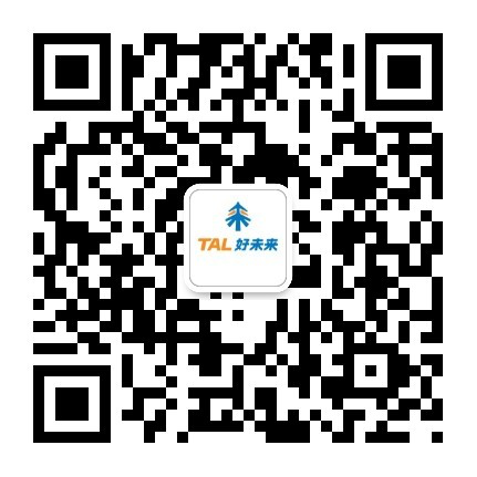
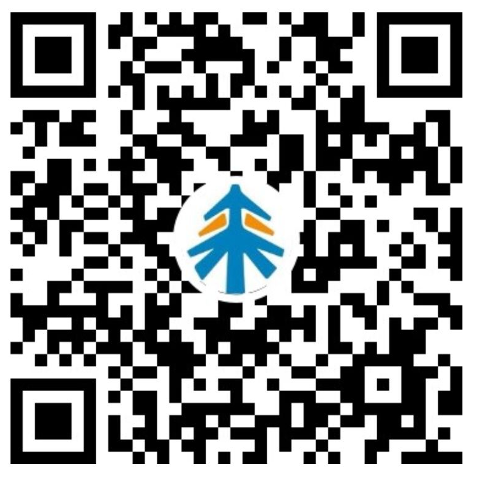
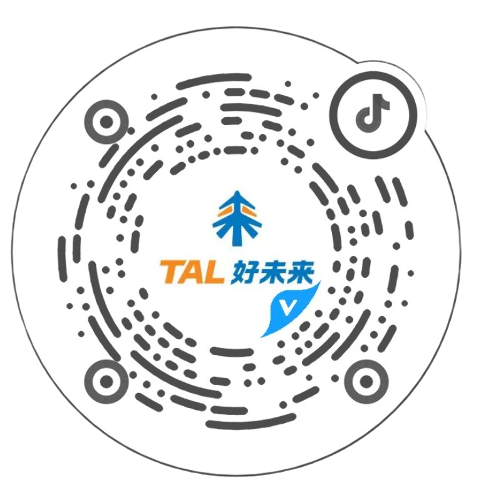
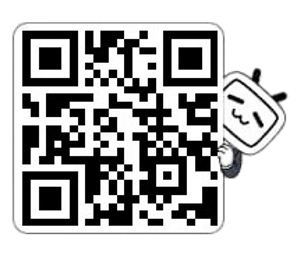
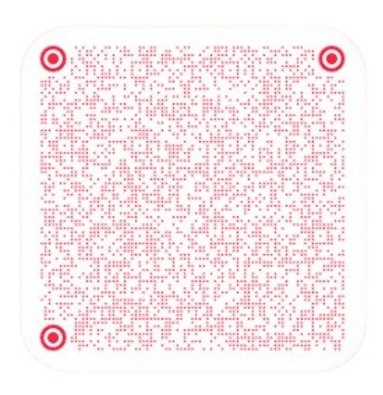
During a break at the Sixth Complete Primary School in Micity Town, Mi County, Yunnan (hereinafter referred to as “Micity Six Primary School”), a sixth-grade student, Luo Ming (pseudonym), had several classmates gathered around his desk — he was using the Xueersi Smart Learning Devices Tablet, flipping through The Adventures of Tom Sawyer.
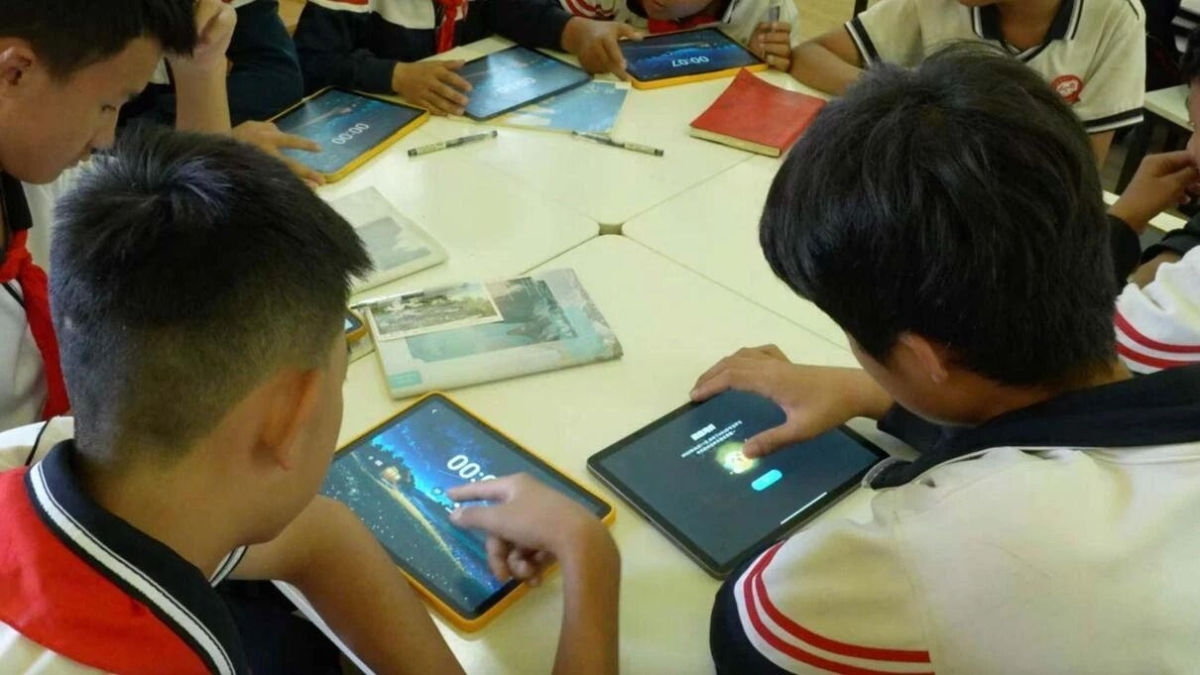
Micity Six Primary School students trying out the Smart Learning Device
“Take a look here. The teacher in the learning device said Tom’s mischief essentially reflects his longing for freedom and his courageous nature when facing danger.” This book has always been his “bedside companion.” When the learning device's teacher broke it down section by section, he gained a new perspective and couldn't wait to share it with his classmates.
This scene is part of a field study launched by the Learning Sciences Lab of the School of Education at Peking University. Over an academic year, using Micity Six Primary School as a sample, they discovered another dimension of children’s demand for intelligent learning devices.
In April 2024, 100 sets of Xueersi Smart Learning Devices Tablets arrived at Micity Six Primary School in Mi County, Yunnan Province. Co-donated by the School of Education at Peking University and TAL, over 70% of the devices were provided for fifth-grade students to use at home or carry with them, while the remainder was distributed to teachers for use in classrooms.
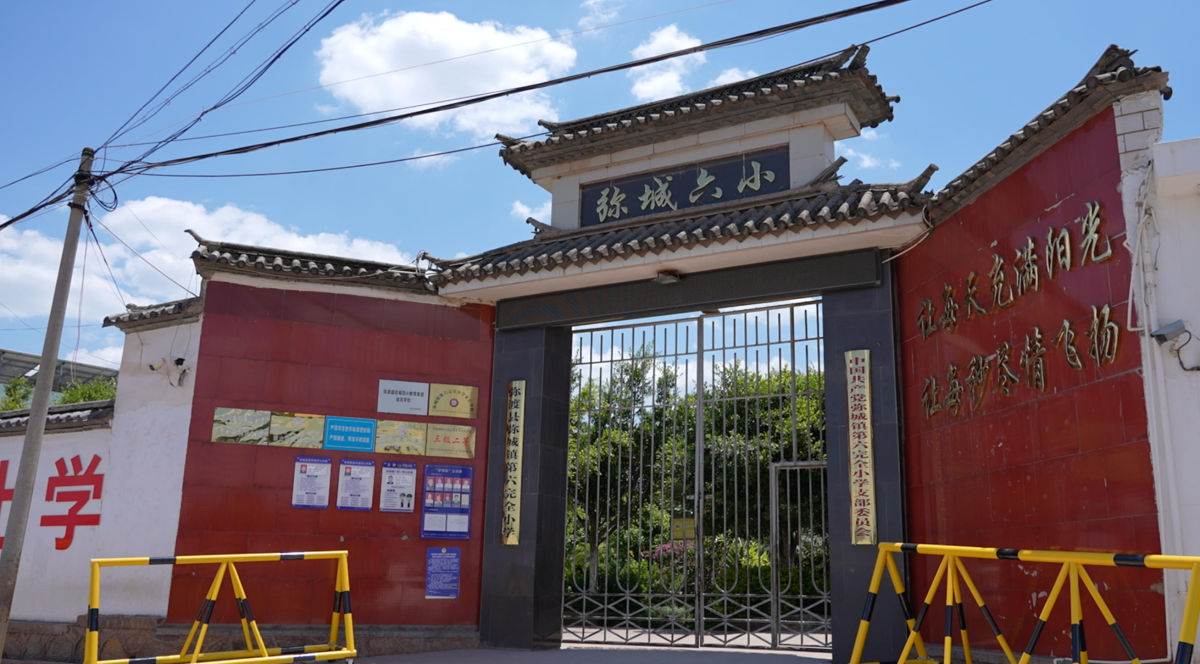
Micity Town Sixth Complete Primary School in Yunnan Province
To evaluate the effectiveness comprehensively, the research team divided students naturally based on their actual usage duration: 19 students who spent less than 105 minutes per week using the Xueersi Learning and Practice Tablet were placed in the control group, and the remaining 54 students were grouped into the experimental cohort.
The team then conducted semester-long follow-up studies on both groups, analyzing academic performance, compiling teacher and student interviews, and synthesizing multiple dimensions of data. They eventually formulated a report titled A Quasi-Experimental Study on the Impact of Smart Learning Devices on Elementary Students’ Academic Achievement.
The research found that smart learning devices show promising potential in enhancing elementary school education, especially in certain subjects and among specific student groups. Students who used the learning tablets saw an improvement in Chinese, mathematics, English, and moral subjects. The results were particularly significant in English, where the growth was most evident.
Mi Cheng Sixth Elementary School student Yang Na (pseudonym) experienced significant improvement in her English scores this semester. She mentioned that in sixth grade, English had always been a boring subject for her. However, by following along with video lessons on the Xueersi Learning and Practice Tablet—memorizing vocabulary, practicing pronunciation, and making attempts at extended English exercises—her English performance improved gradually, and her interest in the subject grew.
Apart from English, another subject that saw noticeable impacts from the smart learning devices was mathematics. However, its effects presented varied characteristics: High-achieving students demonstrated notable improvement after using the devices, whereas students with weaker foundational skills experienced relatively limited progress.
A teaching researcher from Xueersi Learning and Practice Tablet stated that this difference might be closely related to how the device is utilized. The resource materials in the learning tablet cater to diverse student needs, dividing mathematics into synchronized lessons (focused foundational textbook knowledge) and advanced lessons (enhanced expansions). Students with a sufficient foundation can delve deeper into topics and gain supplemental exposure through the devices, especially if they have strong intrinsic motivation. This allows faster learning enhancements. On the other hand, students with weaker foundations may struggle without proper guidance or analysis of their academic standing, leading to choice dilemmas when faced with comprehensive resources. Consequently, they may experience confusion or pressure, resulting in slower improvement in mathematics capabilities.
Importantly, the study also discovered a “reverse U-shaped relationship” between learning machine usage intensity and academic improvement. As shown in the graph, English scores initially rose with usage time, peaked, then declined afterward; the optimal usage time was approximately 22 hours per week. The mathematics subject exhibited similar trends, with the best results achieved from completing around 40 exercises weekly.
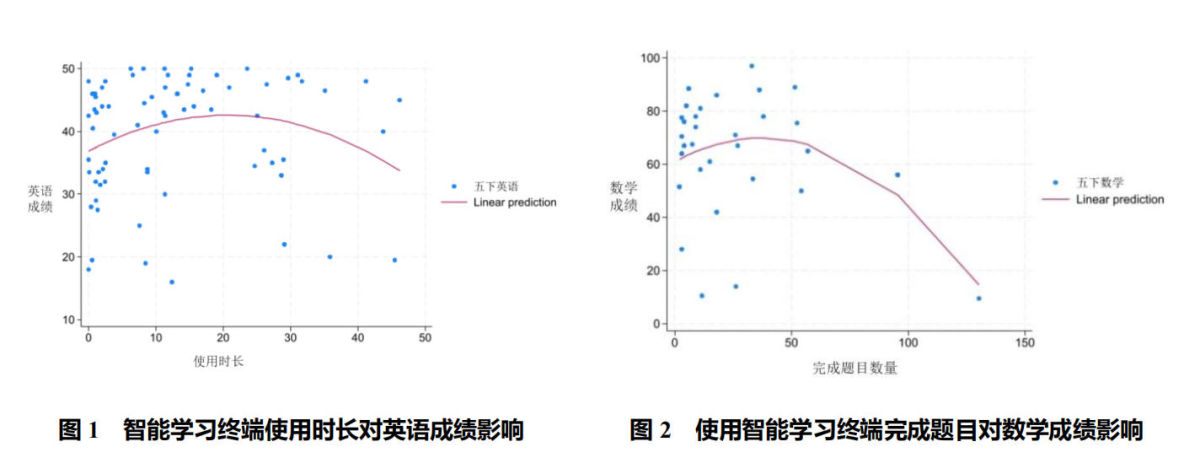
This indicates that using learning devices has a "dose-effect" relationship: moderate usage fosters academic improvement, while excessive usage may diminish its efficacy. Nie Jiangyi, a member of the Learning Sciences Laboratory at Peking University, explains that over-usage may lead to brain fatigue and divided attention, negatively affecting learning efficiency.
However, for the research team, the emotional and psychological needs underlying children's use of learning devices are more compelling than mere performance change.
Throughout the study, members from the Learning Sciences Laboratory at Peking University, such as Nie Jiangyi and Yang Wenli, conducted extensive conversations with the students.
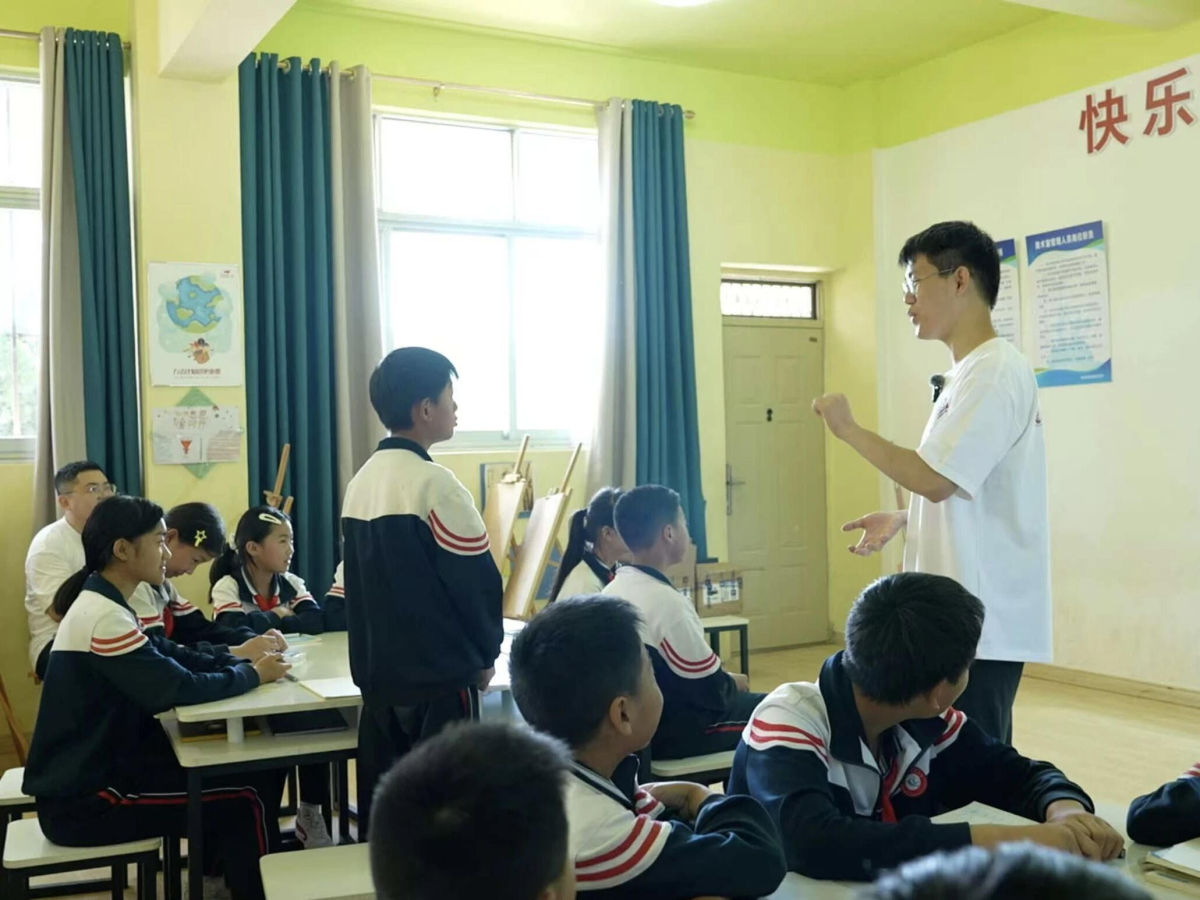
"Many children's first act upon receiving a learning device was to contact their parents working far away," Nie noted. Due to their grandparents having outdated phones, "video calling mom and dad" became one of the most popular features of the learning device. Most students would immediately utilize the machine for calls upon activation.
Another unexpected discovery surfaced during their independent explorations.
Some children aspired to become chefs and would consult AI Thinkie for recipes; others dreamt of becoming lawyers and inquired about legal knowledge, even seriously suggesting to AI Thinkie to “add career simulation functions into the device.”
The teachers did not obstruct such spontaneous behaviors but encouraged them instead, stating, "Becoming a good person does not solely depend on solving exercises."
These fragmented scenarios reflect the possibilities of tech products beyond academics—supporting emotional connections and personal development. The devices are not merely tools for grade improvement but could become bridges for emotional bonding, incubators for growing interests, and small windows for these children to envision their future.
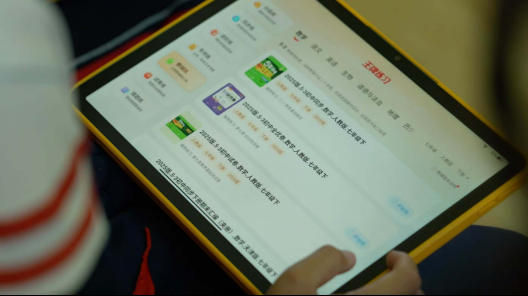
Yet, for one hundred Xueersi Learning and Practice Tablets, each serves a hundred children with distinct needs. The key question becomes how to use them effectively and correctly for each student.
Nie Jiangyi often observed children bewildered by a lack of guidance.
They could unlock their devices swiftly but felt lost after entering the learning interface—they were unclear about where to begin, what knowledge to pursue, or how to establish an appropriate learning plan.
Once, Nie suggested switching to exam preparation mode before the final exams, instructing them regarding the hidden menu in the top-right corner, leading the children to exclaim in realization, “Oh, there’s this function?” However, their inquiries continued, pondering aloud, "Should I use this a week in advance or a month ahead?"
The sixth-grade teacher at Mi Cheng Sixth Elementary School, Ms. Li Cuizhen, has her own observations and insights gained from years of frontline teaching experience. She witnessed students like Yang Na, initially uninterested in English, who gradually transformed their attitude by following the video-guided step-by-step learning, turning their weaknesses into strengths. Others used the device to expand their horizons and nurture curiosity towards technology or arts.
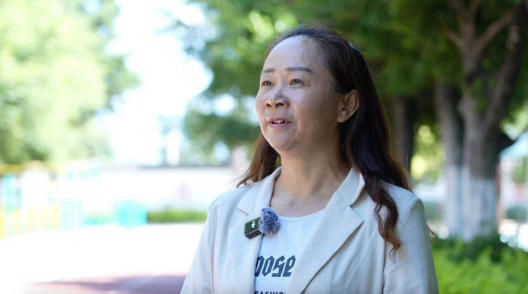
In her opinion, the crux of using learning devices lies not in whether to use them but in how to use them. “Each child blooms at their own pace and rhythm. Reading will always be a necessary path, but it’s not the only one. Regardless of grades, every child eventually finds their place in the world.”
Acknowledging its value, Ms. Li now believes that the Xueersi Learning and Practice Tablet can help students see broader perspectives, learn new knowledge and concepts, and appreciate technological empowerment. However, she also observed that with no one guiding them, children tend to prioritize content they find appealing—this pursuit of interest demands clearer directional support.
Yang Wenli added, “From the user perspective, while the Xueersi Learning and Practice Tablet can have multiple functions, what matters most is elevating children’s metacognitive awareness and learning abilities, enabling them to formulate reasonable usage plans.” In her view, the device remains a supplementary tool, and at the core of its effectiveness is how humans interact with it.
During the survey, Mi Cheng Sixth Elementary School’s teachers sought ways to enhance their teaching utilizing Xueersi Learning and Practice Tablets actively.
Nie Jiangyi discovered during training sessions involving 25 tablets that even older teachers nearing retirement who aren’t well-versed in new technologies made commendable efforts to master the operations and explore functions.
They proactively researched localized exam papers from Dali area and printed them as supplementary exercises, repeatedly watching embedded master courses to refine their teaching methods, striving for clearer and livelier explanations of educational content.
Having taught Chinese for nearly thirty years in rural settings, Ms. Li initially held expectations paired with skepticism towards the devices. Quickly, she transitioned from cautious trial to genuine endorsement. “Used sensibly, it is indeed an effective tool.”
Despite having taught language arts for years, she often felt her explanations fell short of delivering deeper insights. “Nowadays, when preparing lessons, I always review the video courses from the device first—it provides immense inspiration for teaching, making classroom delivery more effortless.”
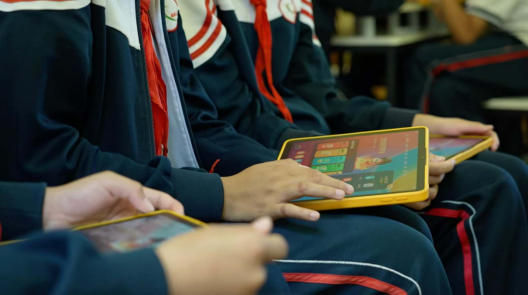
Her favorite feature of the device was the composition feedback tool. “Rural students often struggle with sparking ideas or possessing ample vocabulary. The device helps teach sentence embellishment techniques and guiding paragraph thematic expansions, bringing significant benefits to children’s writing efforts.”
To counteract the limited extracurricular book supply, she introduced reading assignments utilizing digital book resources on smart devices. To her surprise, even without continued assignments, children began voluntarily engaging in reading—showcasing a marked improvement in their reading interest and capability, which delighted her the most.
So what role do parents play in supporting children amidst technological immersion education?
The laboratory researchers advised parents to learn more about the inherent patterns surrounding children’s education and development, aiding scientific, less pressured goal planning. Moreover, upon acquiring smart devices, parents should explore its functionalities, actively participating in their child's learning journey instead of leaving them to navigate independently.
Nie Jiangyi candidly acknowledged that while the research samples and periods were limited, societal insights surfaced from the effort. At Mi Cheng Sixth Elementary School, he initiated a questionnaire to uncover the primary sources children consulted during challenges.
The listed responses revealed classmates leading the preferences, followed by the learning devices and teachers. Parents emerged last. Nie explained this partly reflected the reality of migrating workers as parents unavailable for immediate assistance while reinforcing children’s intrinsic yearning for instant emotional support within peer connectivity.
Without a doubt, technological progress brings devices and AI deeper into educational territories, standing as pillars of academic nurture and emotional solace for young learners. Yet, as Nie summarized, professional mentorship and heartfelt parenting remain irreplaceable forces that shape children's fundamental growth paths.
Source: China Newsweekhttps://www.inewsweek.cn/observe/2025-10-17/27158.shtml